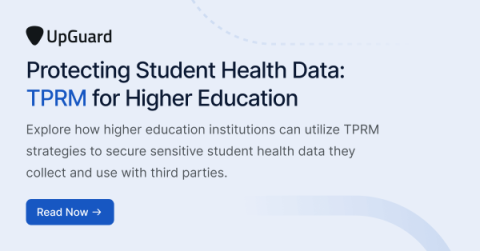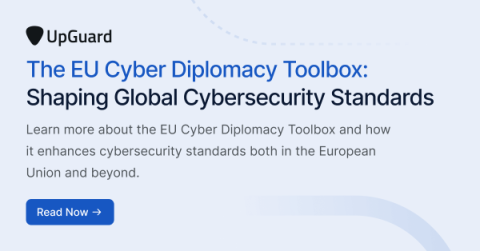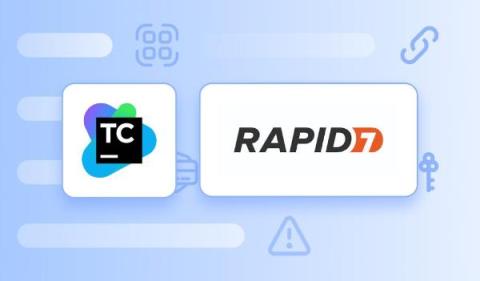Insider Threat vs. Insider Risk: What's the Difference?
Cybersecurity issues more commonly arise from insider activity than outside activity. Of course, attacks by external threat actors still occur, but insider incidents cause most data breaches and leaks. Often, insider threat and insider risk are used interchangeably to describe cybersecurity risks posed by people with inside knowledge of a company.











